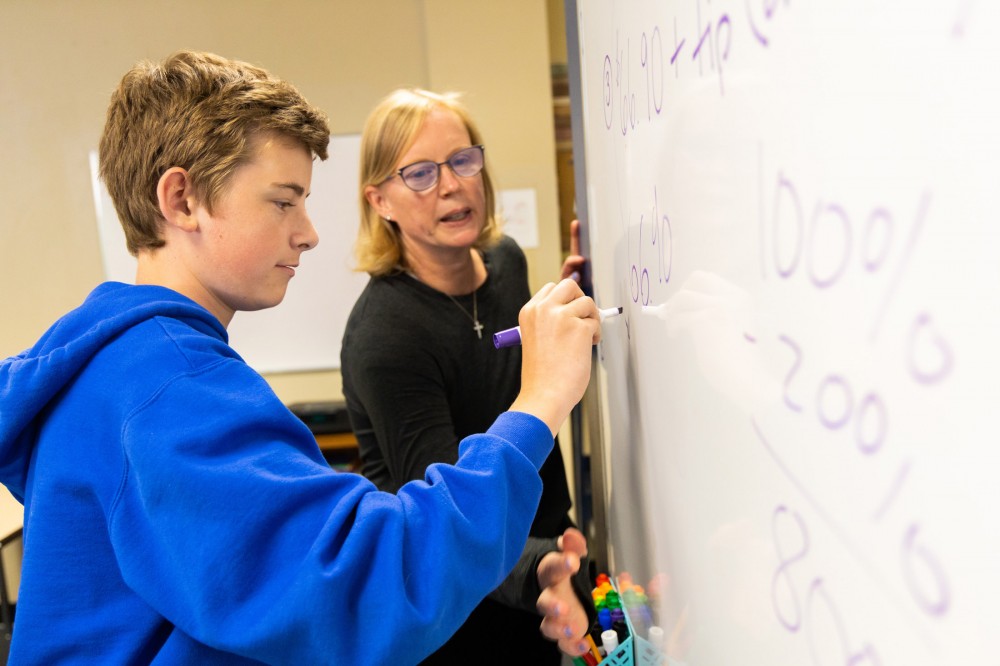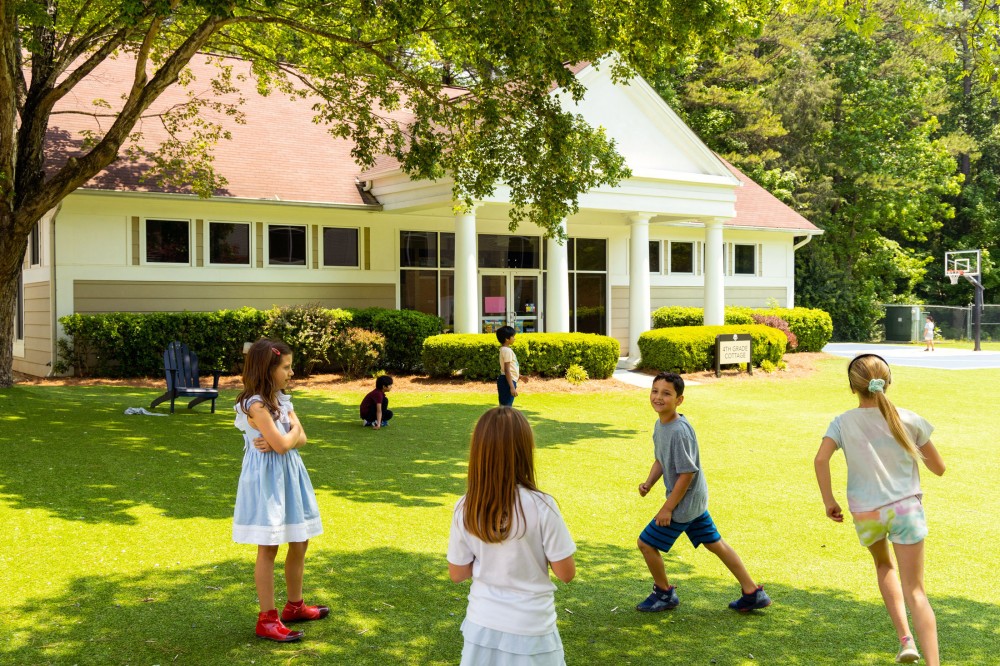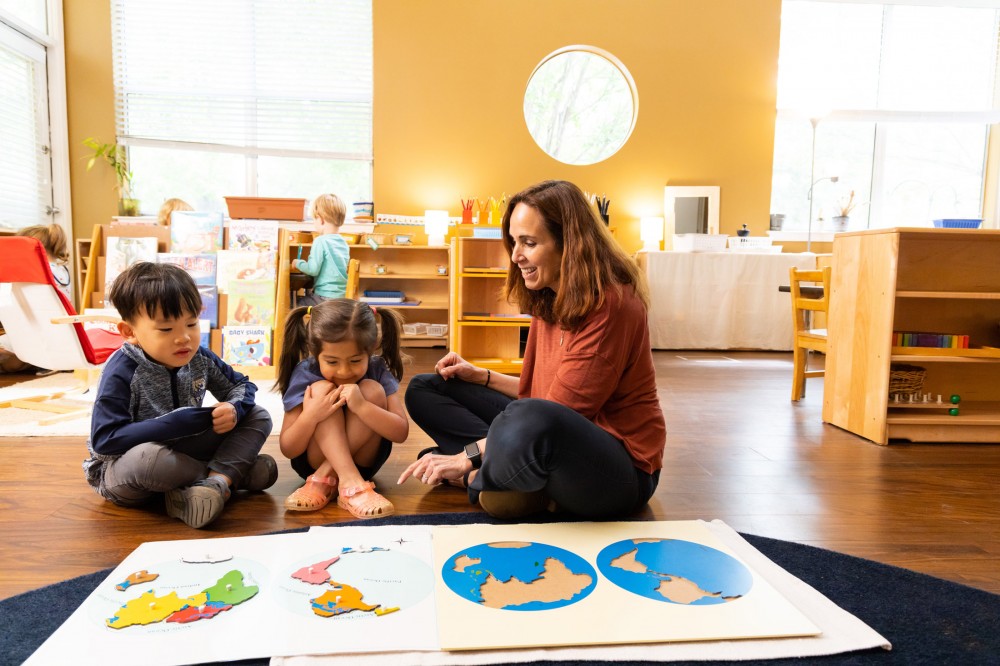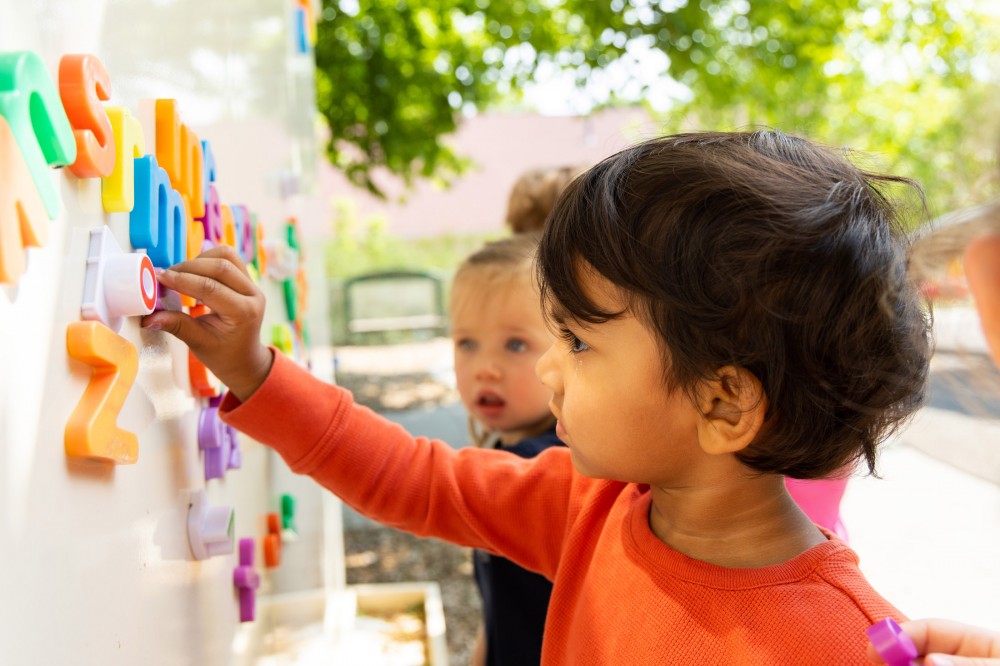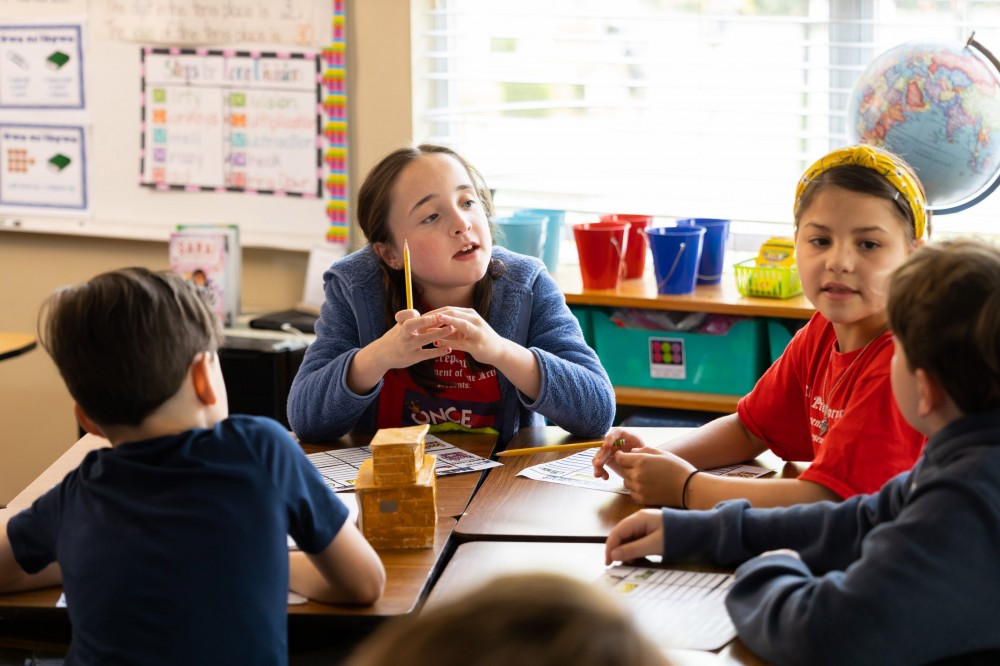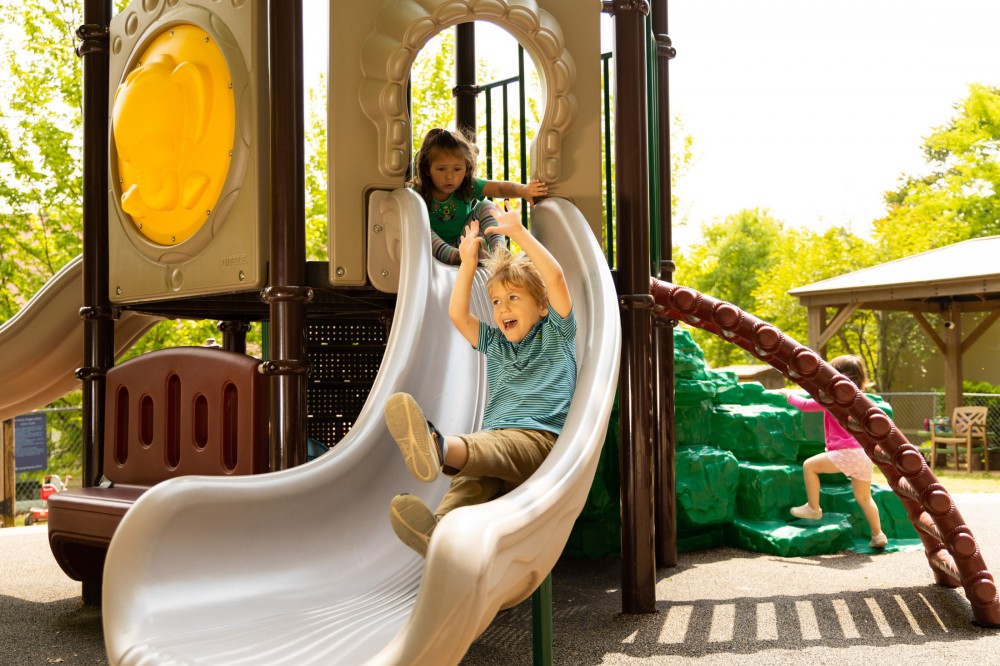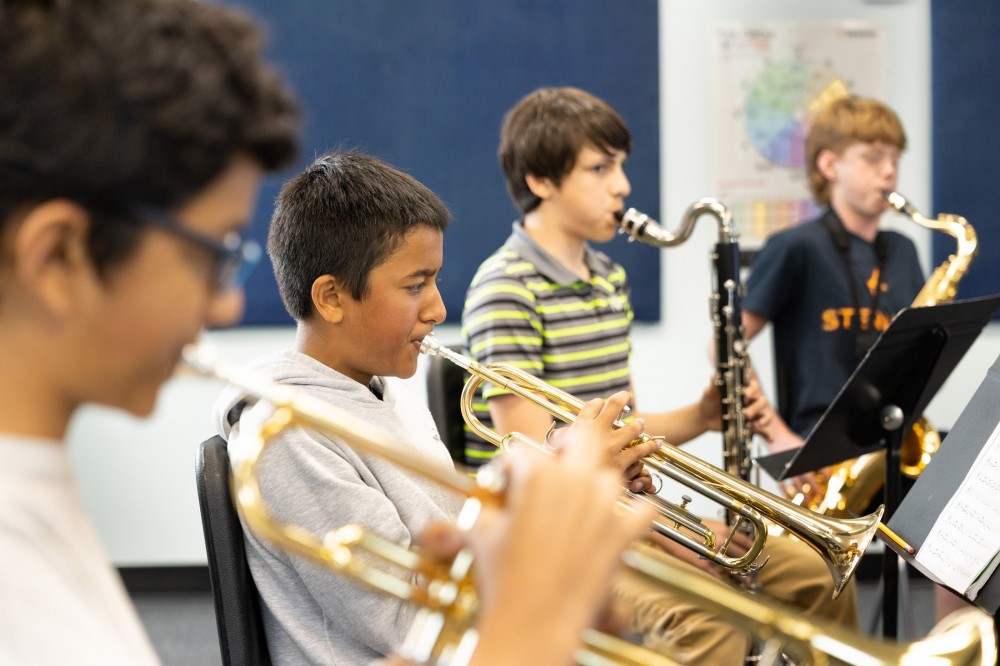Why Play Matters
January 18th, 2023

When I need a break from work or simply want to connect with our students, I visit the playground during recess. While some students like to relax and talk during recess, others organize intense games or participate in creative play. When asked about what they are playing, students always like to explain the game or activity they are involved in, and it is always made very clear to me just how important play is in the lives of children.
Peter Gray, a research professor at Boston College and the author of a book about the importance of play, shares in an interview this definition of what play is and how it manifests in children:
“Play, as I define it and as many other play theorists tend to define it, is, first and foremost, self-chosen and self-directed. Players choose freely whether or not to play, make and change the rules as they go along, and are always free to quit. Second, play is intrinsically motivated; that is, it is done for its own sake, not for external rewards such as trophies, improved résumés, or praise from parents or other adults. Third, play is guided by mental rules (which provide structure to the activity), but the rules always leave room for creativity. Fourth, play is imaginative; that is, it is seen by the players as in some sense not real, separate from the serious world. And last, play is conducted in an alert, active, but relatively unstressed frame of mind.”
I see all elements of his definition of play in our students. Play clearly provides children with an experience that is joyful and fun. But it also helps children build and expand certain skills that are important parts of human development.
For example, when children play, they engage with each other in collaborative ways. They must figure out how to negotiate the rules of play, communicate their ideas about play, and be part of a larger group dynamic. These interpersonal and social skills are essential to healthy maturation.
Children often interact with nature when they play, something important in our technology-saturated culture. They play with natural materials – they dig in the dirt, catch a lizard, or assemble rocks into formations. They use leaves and sticks to build insect houses. One day I saw students create a “meal” using leaves, sticks, and mud. The leaves became plates, the sticks were utensils, and the mud became food. This was a perfect example of creative play inspired by a genuine engagement with the natural world. (And no one actually ate the “meal.”)
In short, play is important. Children need the time, free from the constraints that adults too often impose on them, to simply interact with each other in playful ways. Professor Gray is concerned that play has receded in the lives of children, as they are too often over-scheduled or parents fear letting children roam the neighborhood in unstructured play. But when play is marginalized, children are not given the chance to both have fun and develop important qualities that will serve them now and later in life. Simply put, play matters.
More News from Charlotte Prep
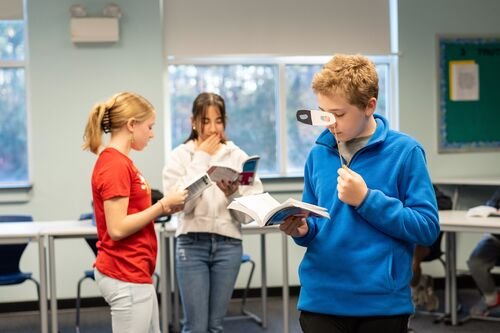 Mar20The Power of Middle School at Prep
Mar20The Power of Middle School at PrepThe middle school experience in a PreK-8 school like ours provides students with long-lasting positive outcomes. They become more confident and capable students and people, and we know from experience that Prep graduates thrive in high school and beyond.
See Details Feb27The Goldilocks Effect: Choosing the Right Sized School
Feb27The Goldilocks Effect: Choosing the Right Sized SchoolChoosing a school that is the right size for children is paramount to their healthy development. We believe the size of Charlotte Prep is just right – not too small or too large.
See Details Feb22The Connection Between Feelings and Behavior
Feb22The Connection Between Feelings and BehaviorFeelings follow behavior. Or is it the other way around – behavior follows feelings? This is one of the most important parenting questions to get right.
See Details Jan25A Timeless Lesson
Jan25A Timeless LessonRecently, one of our six-year-old students asked me how old I was. Being the wily older person I am, I turned the tables and asked this student how old he thought I was.
See Details





